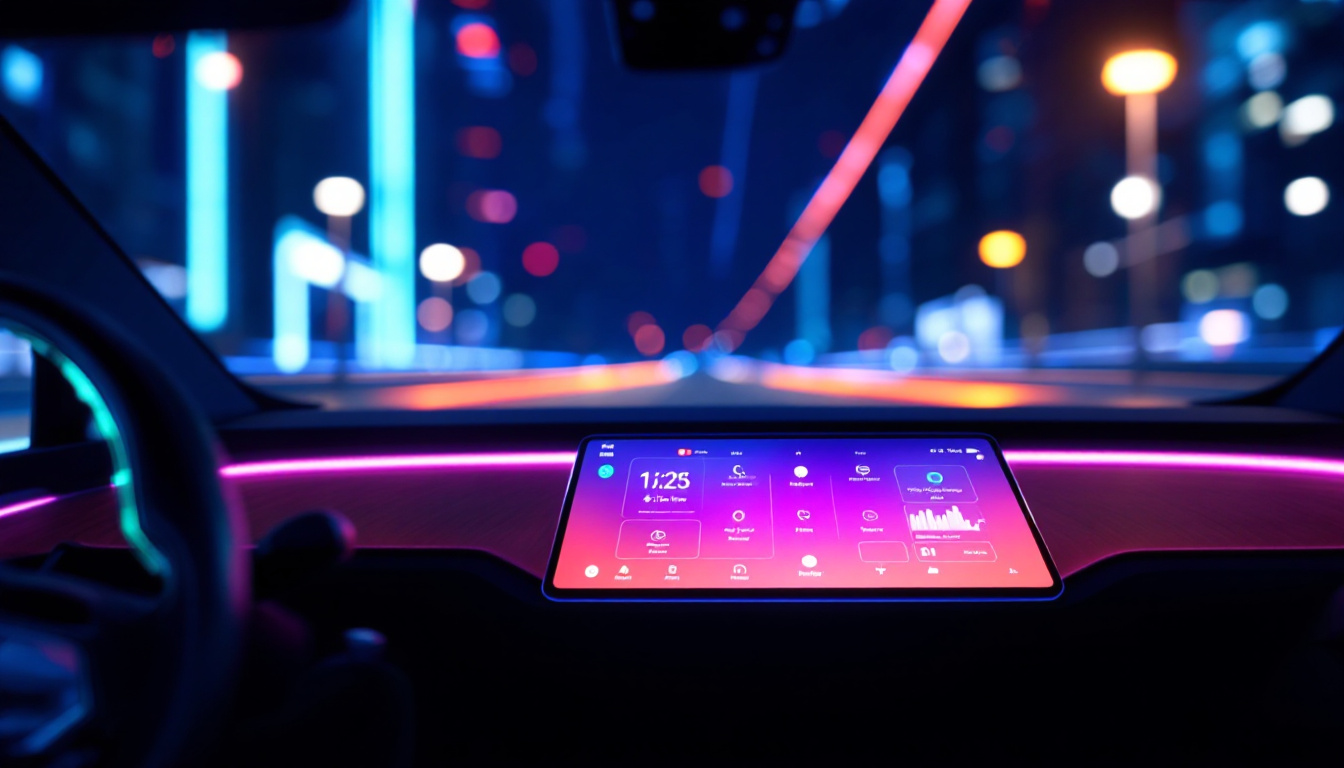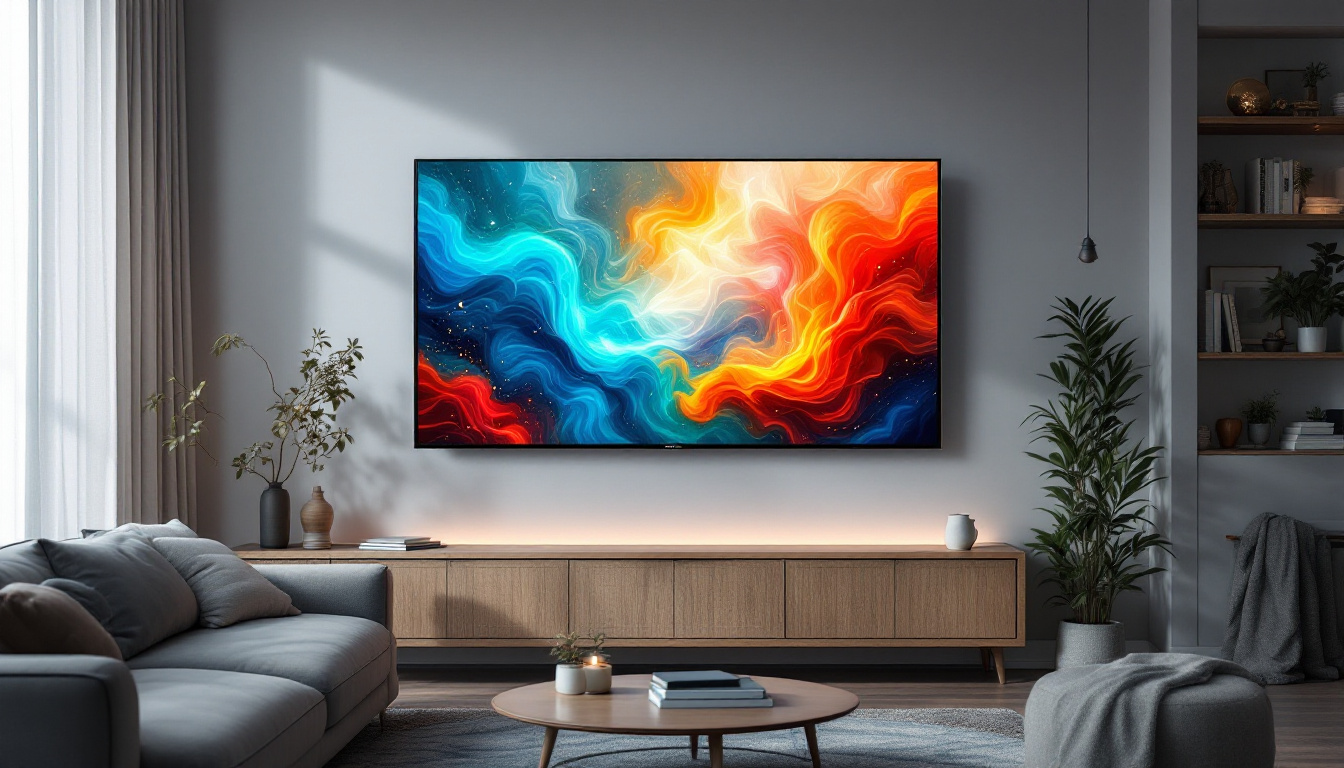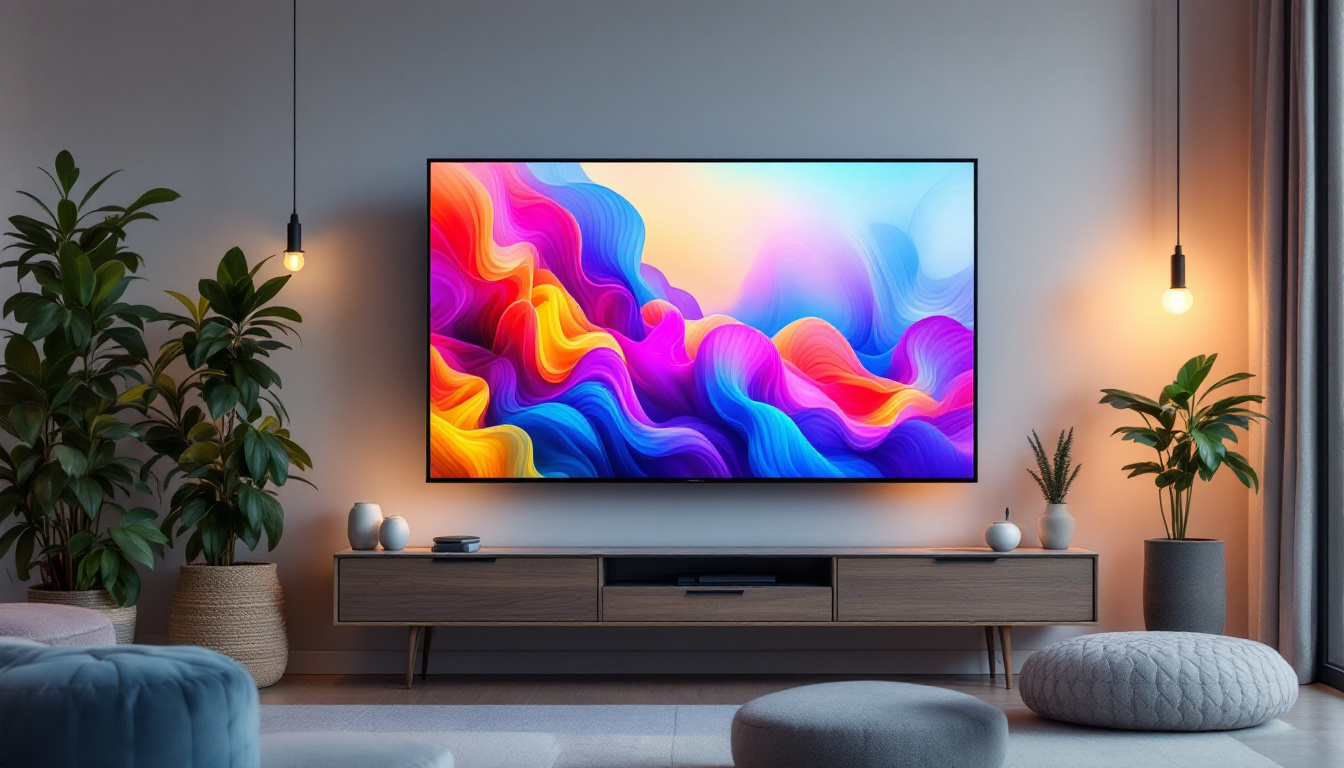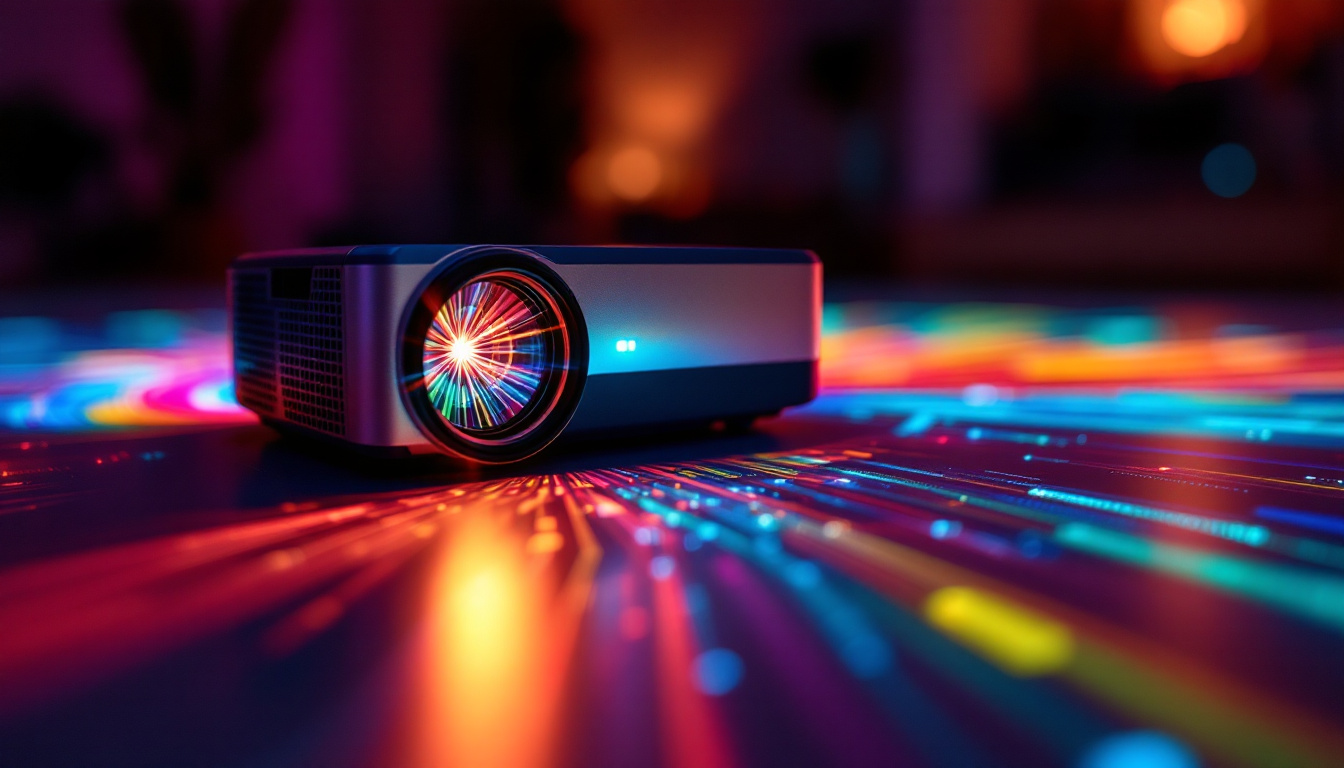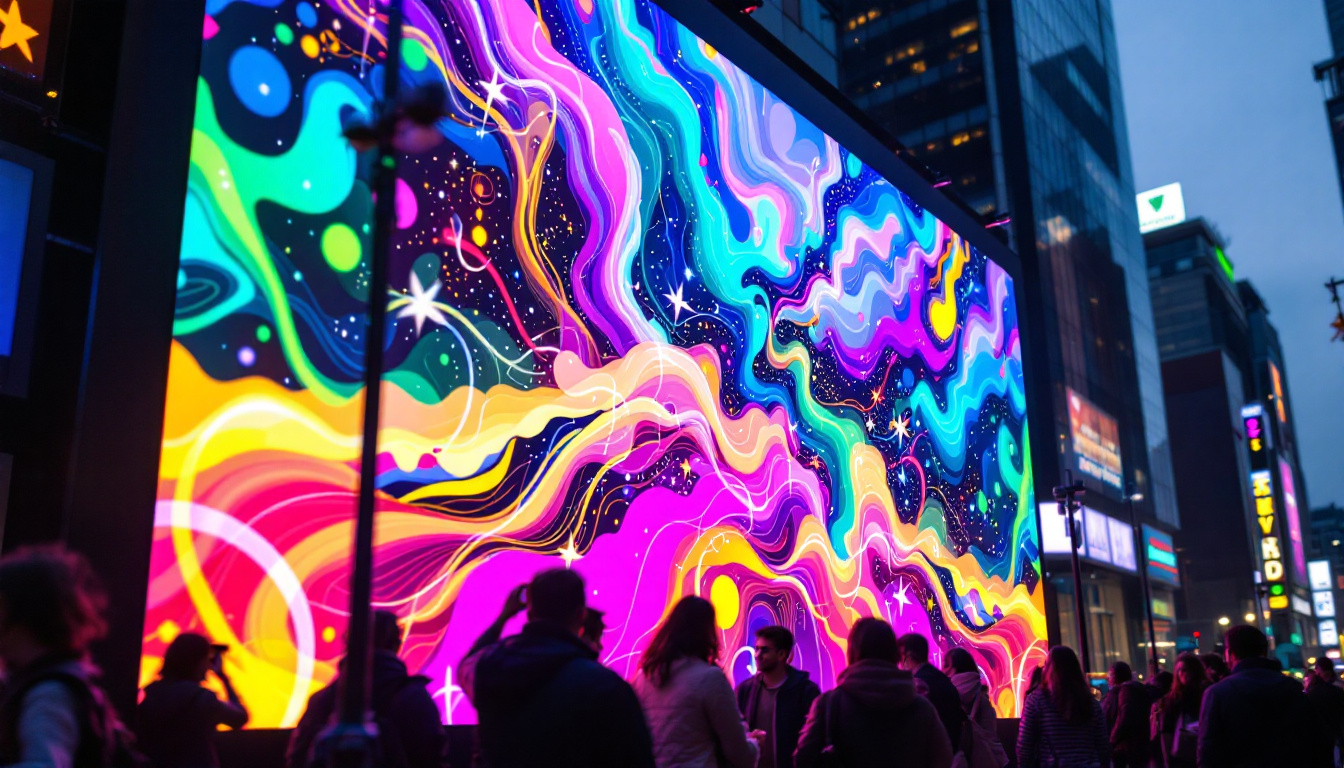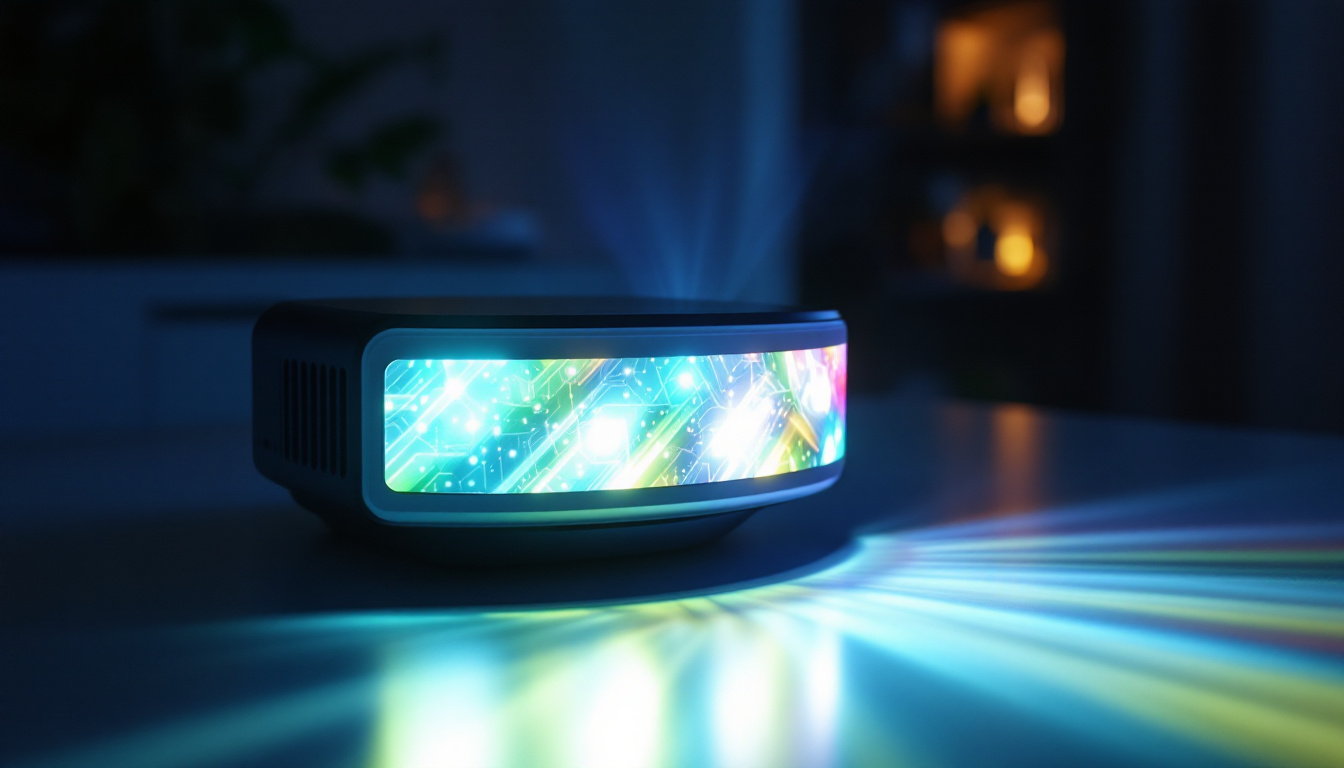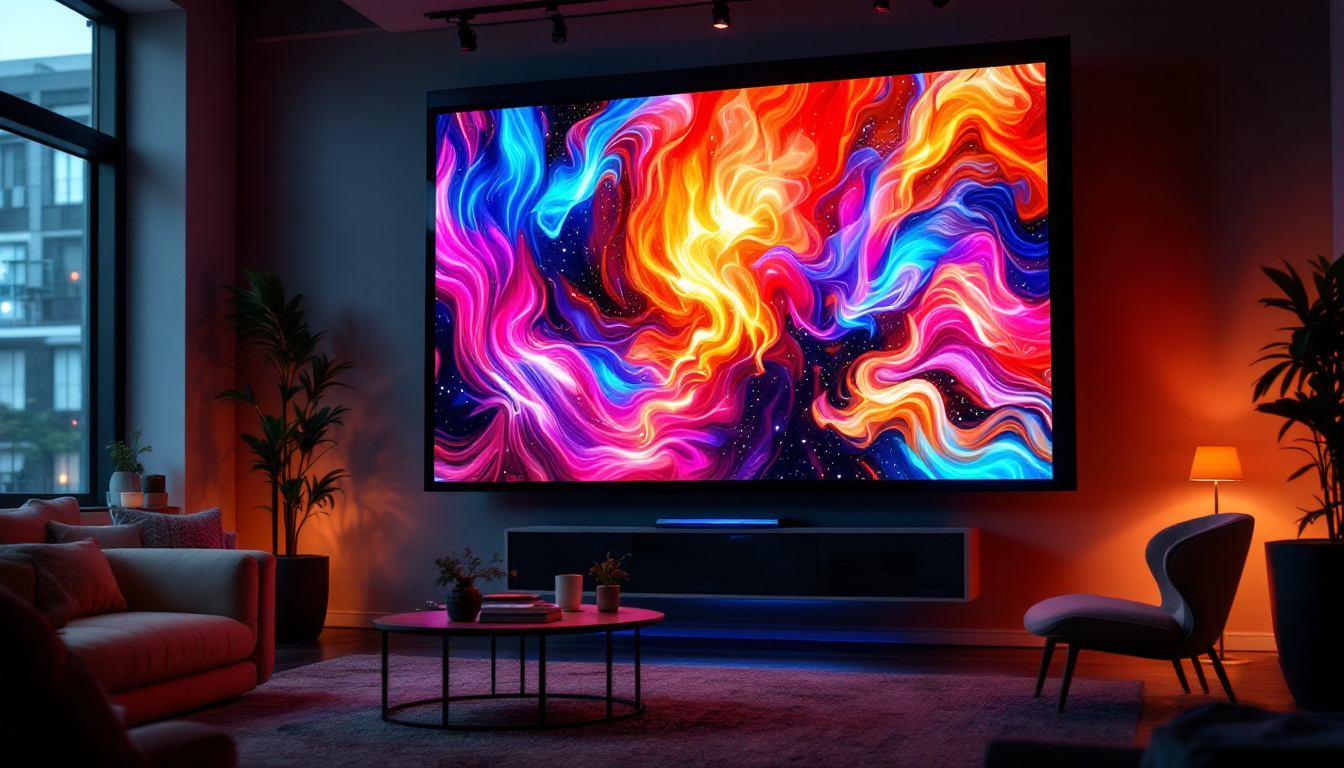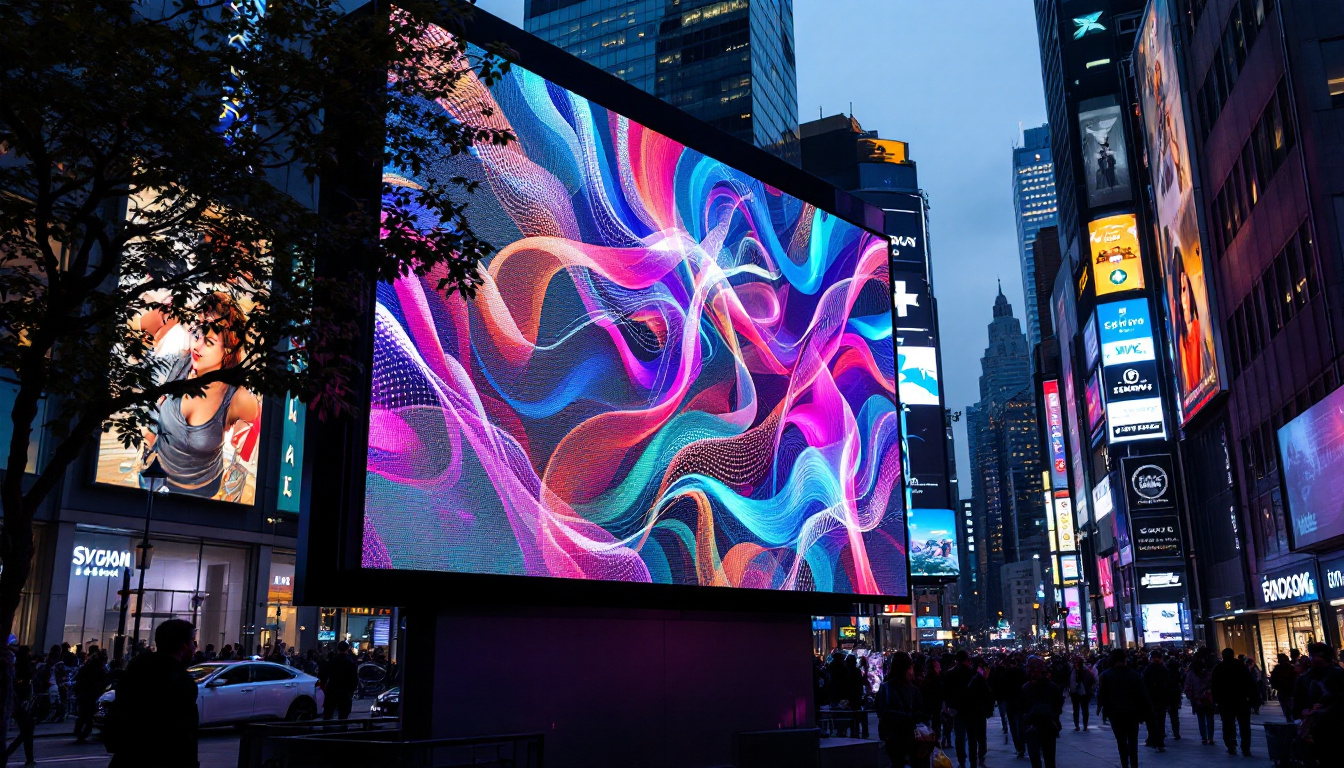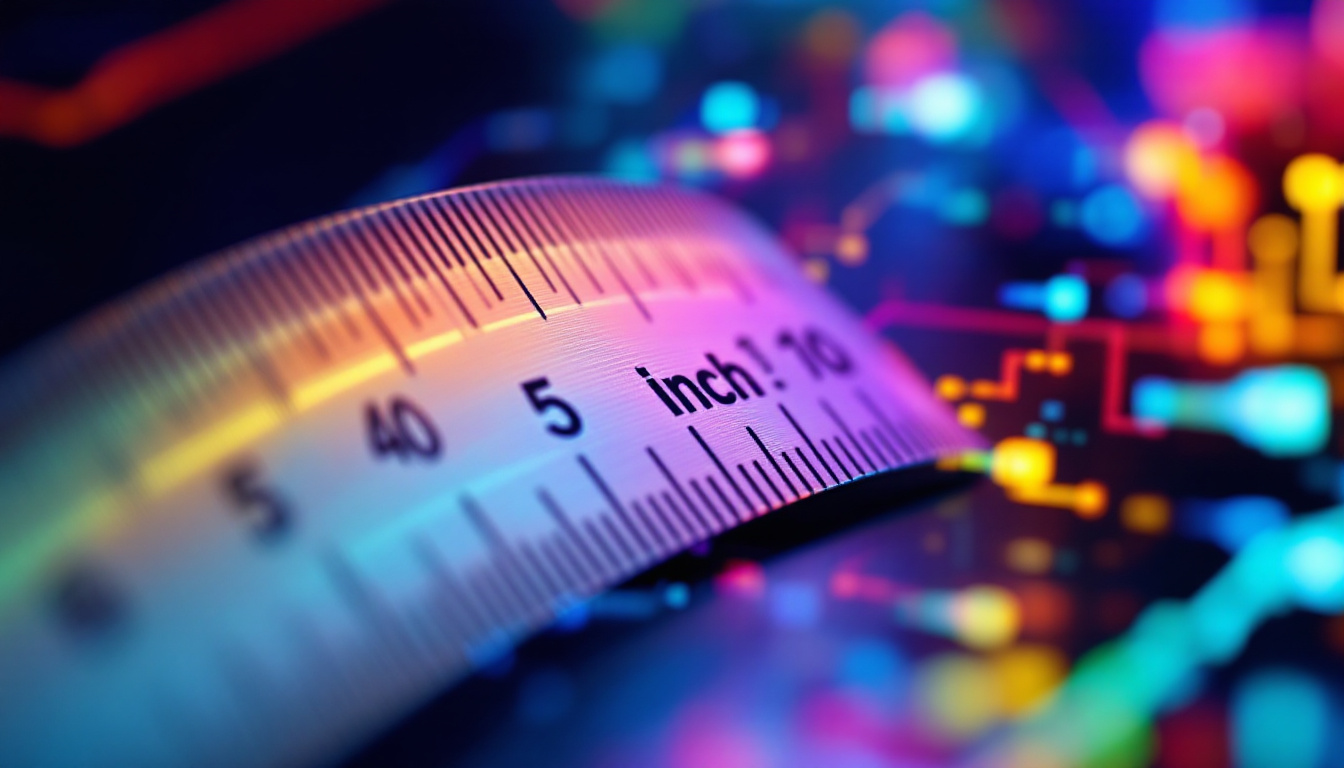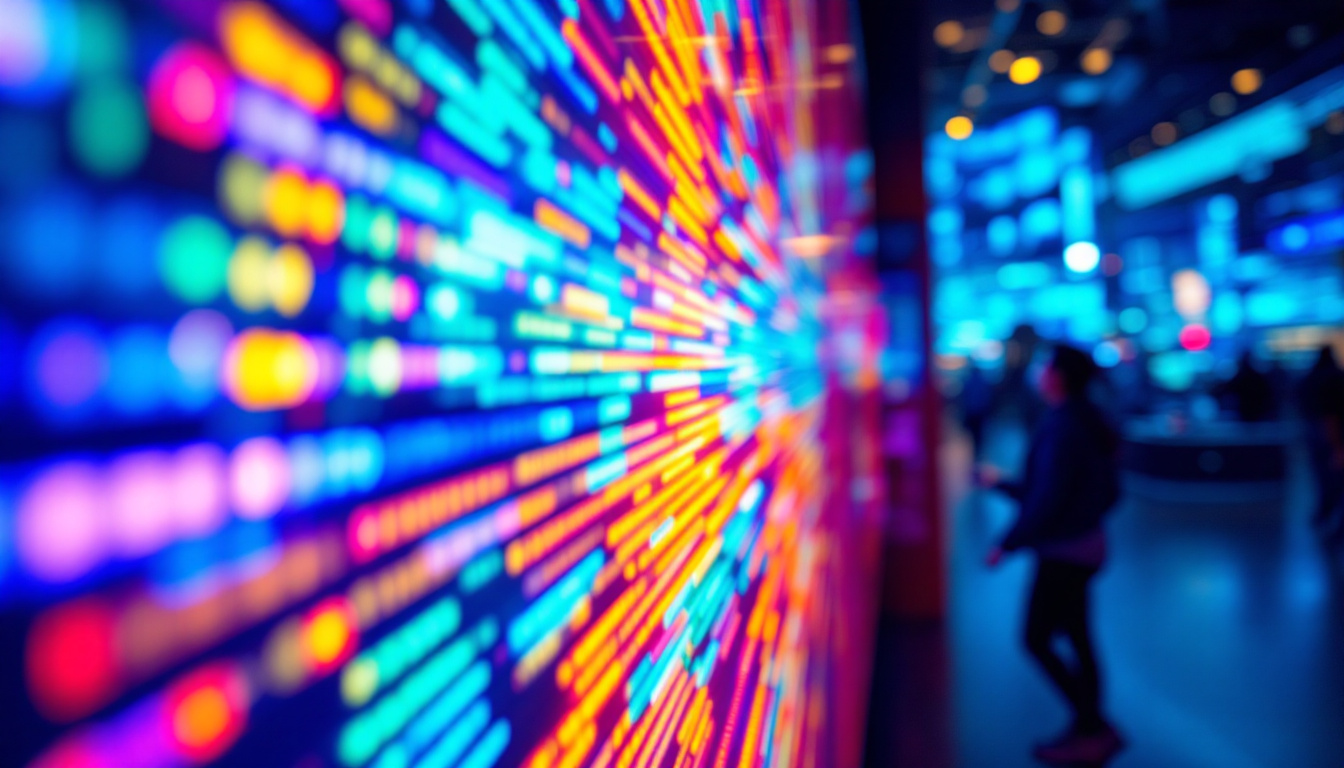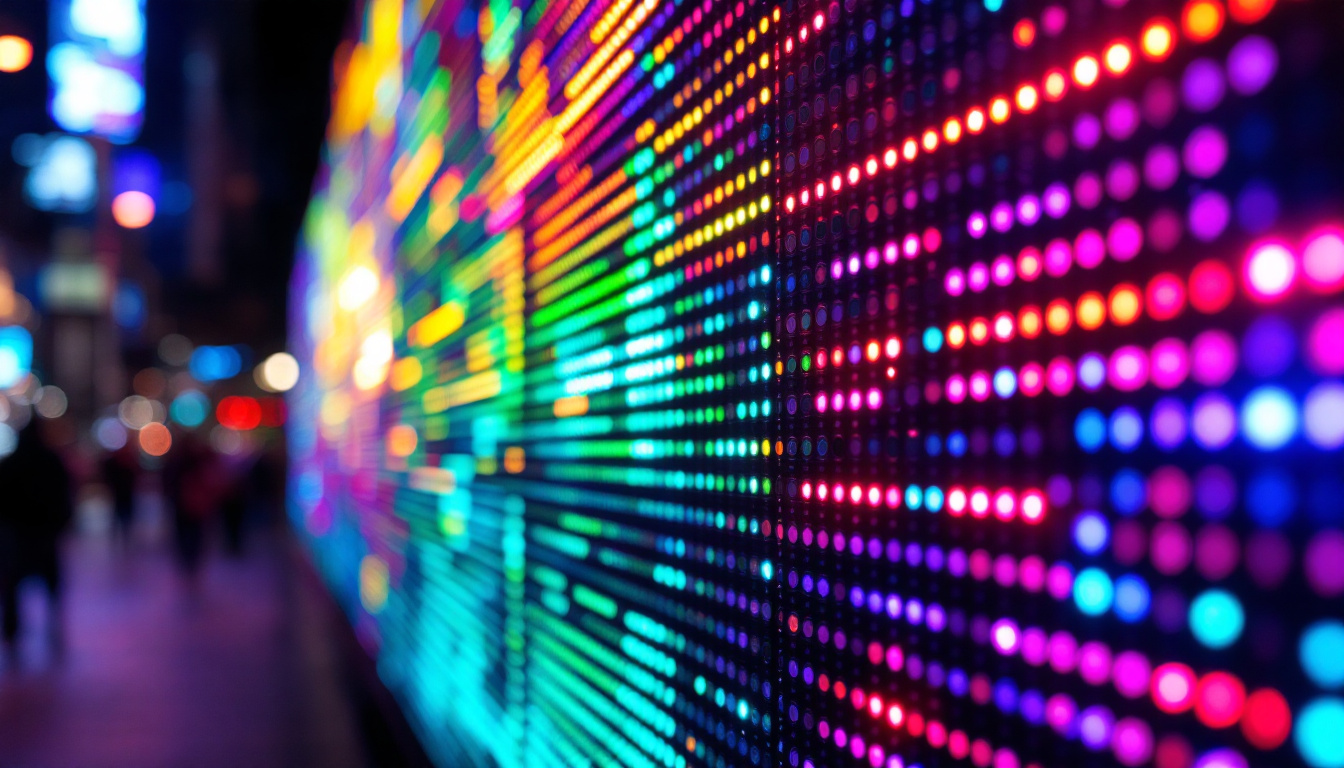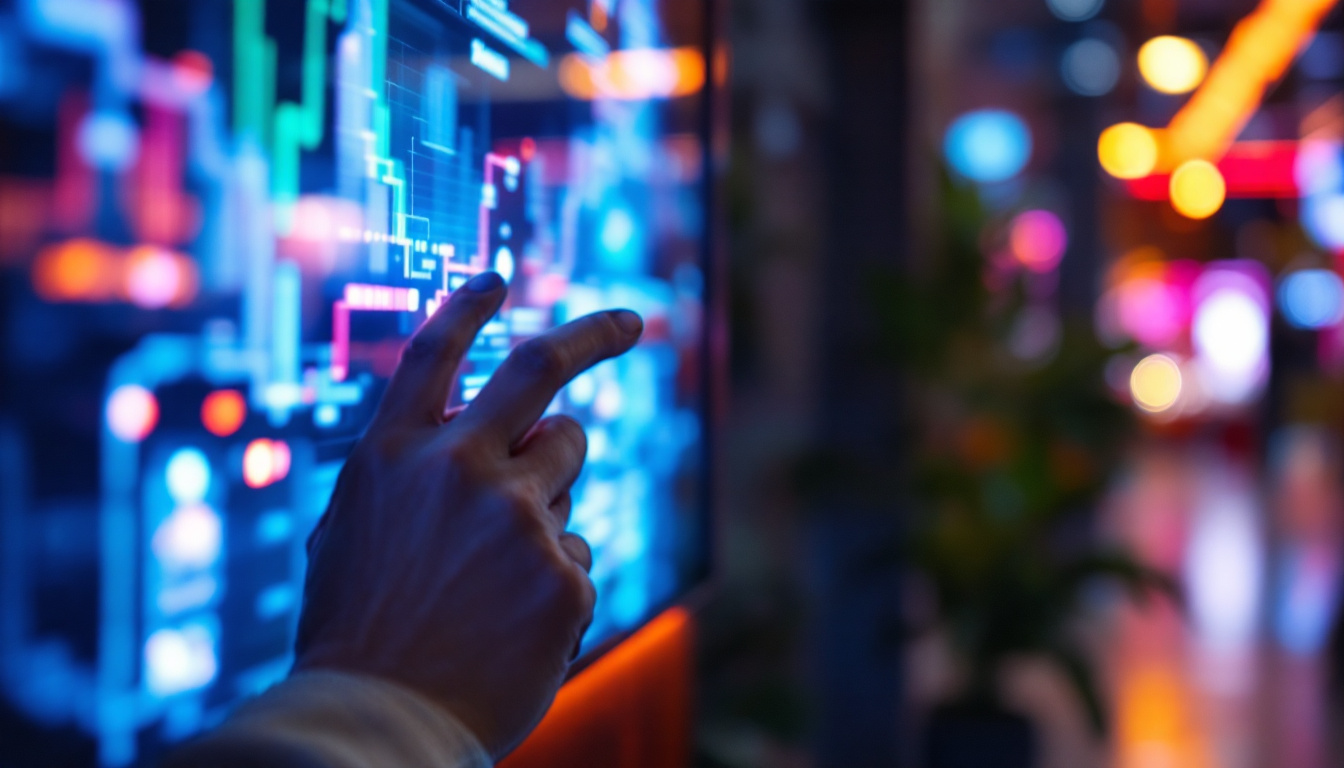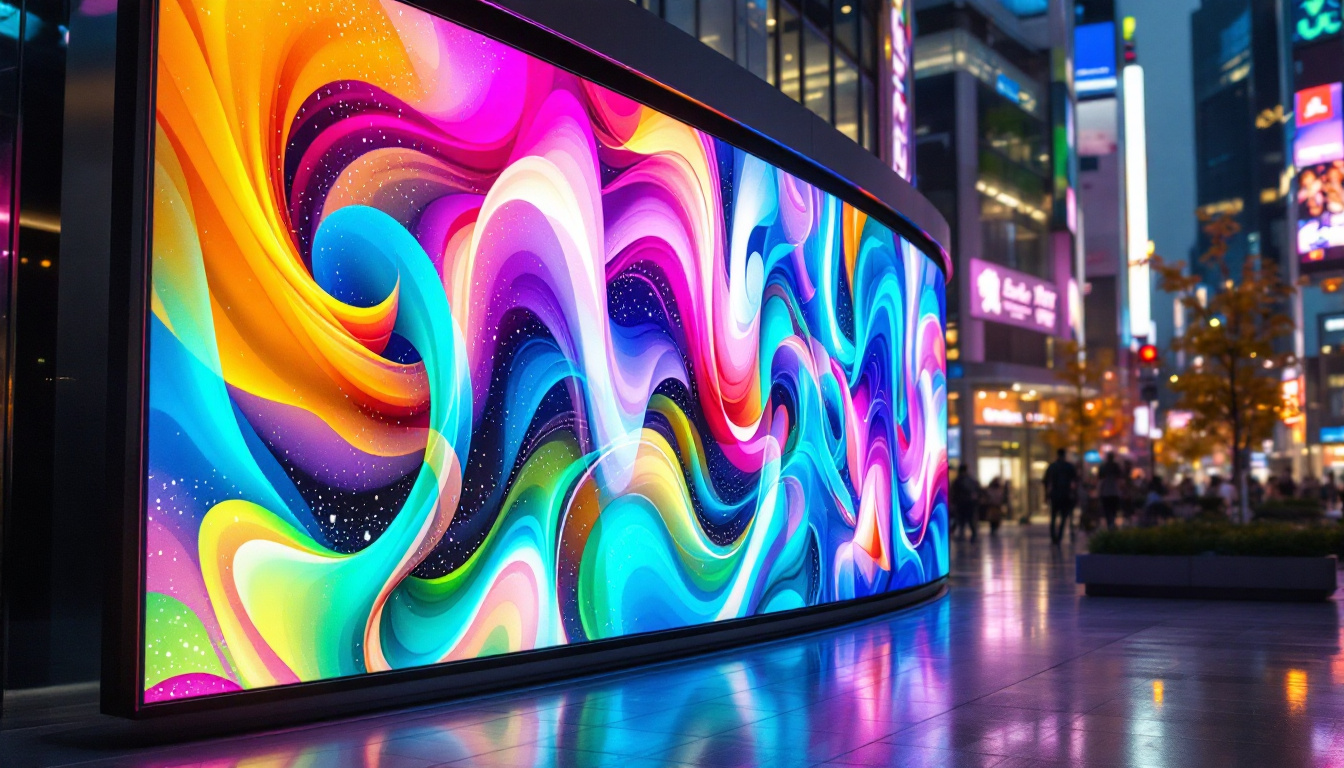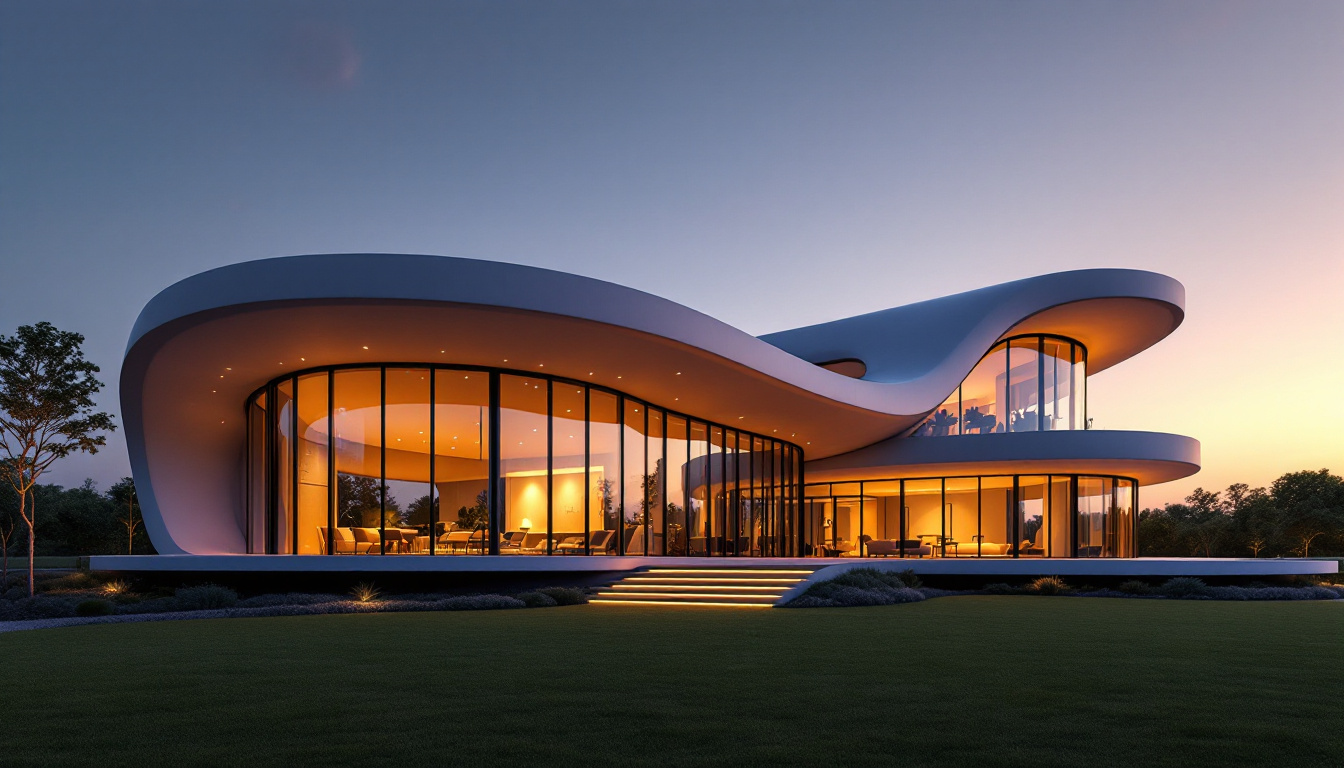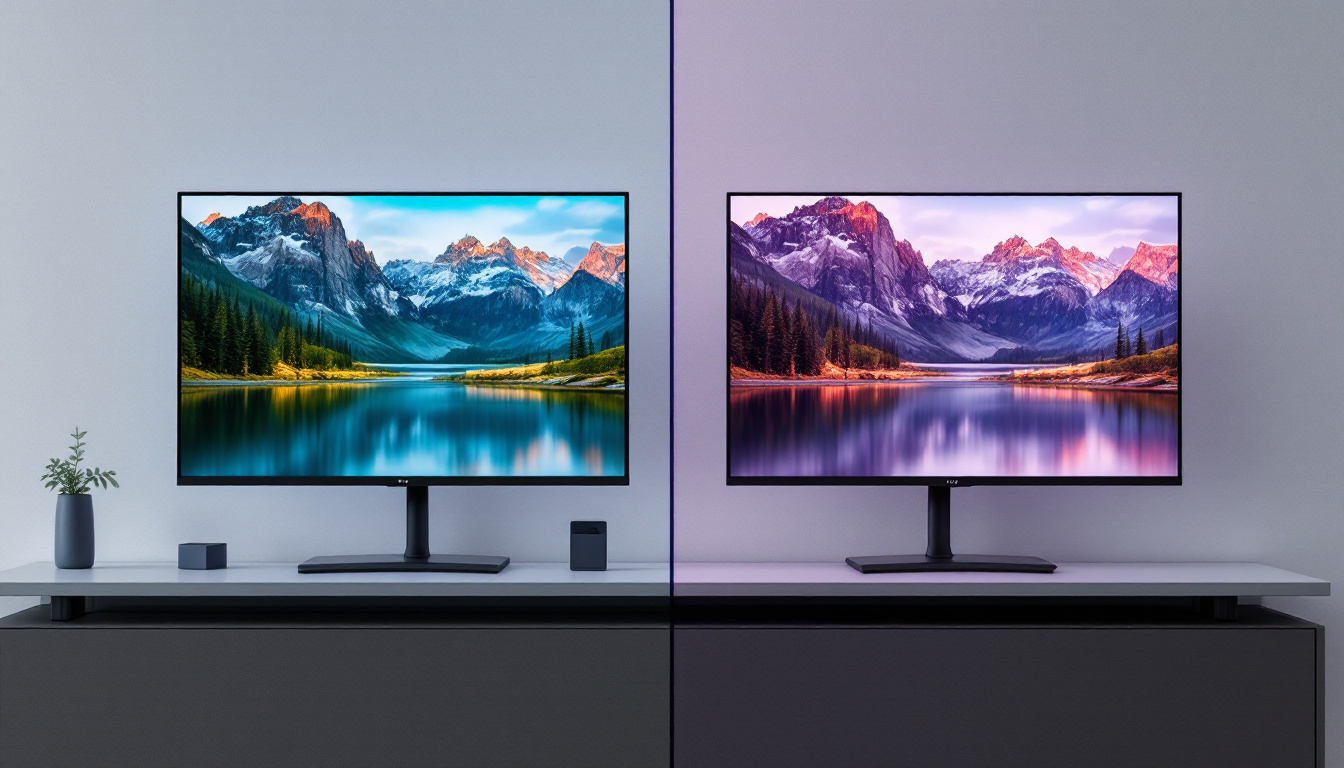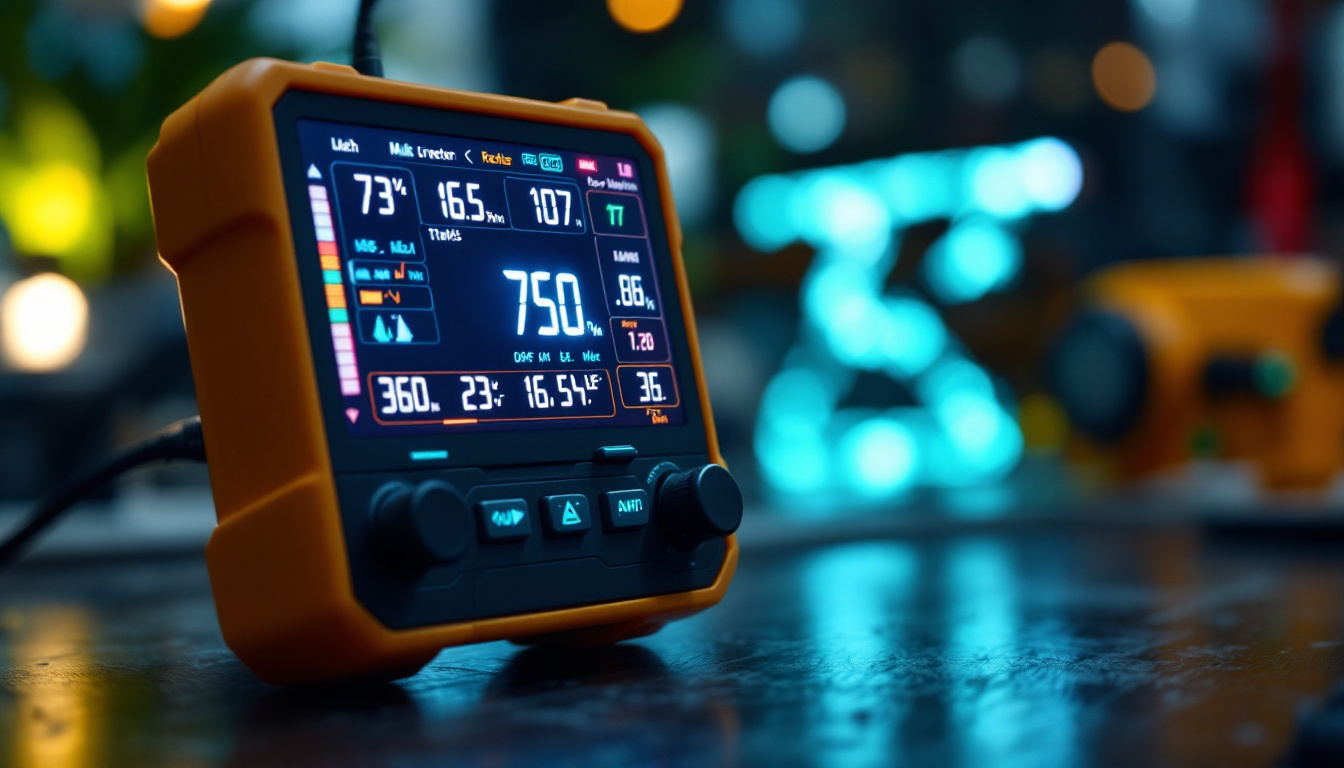In recent years, the automotive industry has seen a significant shift towards integrating technology into vehicles. One of the most striking innovations is the LED panel car, which utilizes LED displays for various applications. These displays are not only visually appealing but also serve functional purposes, enhancing communication and safety on the road. This article delves into the intricacies of LED displays in cars, exploring their features, benefits, and applications.
Understanding LED Technology
LED, or Light Emitting Diode, technology has revolutionized the way we think about lighting and displays. Unlike traditional incandescent bulbs, LEDs are energy-efficient, durable, and versatile. They emit light when an electric current passes through them, making them ideal for a wide range of applications, including automotive displays.
The Basics of LED Displays
LED displays consist of numerous tiny LED lights arranged in a grid. Each light can be individually controlled, allowing for dynamic content to be displayed. This capability is what makes LED panels particularly appealing for car manufacturers looking to enhance the user experience. From navigation prompts to entertainment options, the possibilities are endless. In addition to their use in dashboards and infotainment systems, LED displays are also increasingly common in rear and front lighting systems, providing not only aesthetic appeal but also functional benefits such as improved visibility during nighttime driving.
Advantages of LED Technology
One of the primary advantages of LED technology is its energy efficiency. LED lights consume significantly less power compared to traditional lighting, which can lead to improved fuel efficiency in vehicles. Additionally, LEDs have a longer lifespan, reducing the need for frequent replacements and maintenance. This durability is particularly beneficial in automotive applications, where harsh conditions such as temperature fluctuations and vibrations can affect the performance of traditional bulbs.
Moreover, LED displays offer superior visibility, even in bright sunlight. This characteristic is crucial for automotive applications, where clear visibility can enhance safety and user experience. The ability to display vibrant colors and sharp images further elevates the appeal of LED technology in cars. Beyond aesthetics, the rapid response time of LEDs allows for real-time updates and alerts, which can be critical for navigation and safety systems. Furthermore, advancements in LED technology, such as organic LEDs (OLEDs), are paving the way for even thinner and more flexible displays, opening up new design possibilities for future vehicles.
Applications of LED Displays in Cars
LED displays are increasingly being used in various aspects of automotive design and functionality. Their applications range from dashboard displays to external advertising panels, each serving a unique purpose.
Dashboard Displays
One of the most common uses of LED displays in cars is within the dashboard. Modern vehicles often feature digital dashboards that utilize LED technology to provide drivers with essential information such as speed, fuel level, and navigation instructions. These displays can be customized to show various data, enhancing the overall driving experience.
Furthermore, the integration of LED displays into dashboards allows for real-time updates. For instance, if a driver receives a call or a text message, the display can alert them without requiring them to divert their attention from the road. This feature promotes safer driving habits and minimizes distractions.
Additionally, LED dashboards can incorporate advanced features like heads-up displays (HUDs), projecting vital information directly onto the windshield. This technology enables drivers to keep their eyes on the road while still accessing critical data, such as speed and navigation prompts. As automotive technology continues to evolve, the integration of augmented reality into these displays is on the horizon, potentially providing even more interactive and immersive driving experiences.
External Displays
LED panels are also being used externally on vehicles, particularly in commercial applications. For instance, delivery trucks and taxis often feature LED displays that can show advertisements or important information to pedestrians and other drivers. This functionality not only serves a marketing purpose but can also be used for safety, such as displaying alerts about the vehicle’s movements.
These external displays can be programmed to change messages based on the vehicle’s location or time of day, making them a dynamic advertising platform. This adaptability allows businesses to reach their target audience more effectively, maximizing the impact of their advertising efforts.
Moreover, the use of LED technology in external displays can enhance visibility in various weather conditions, ensuring that messages are clear and legible even in low-light situations. This capability is particularly beneficial for emergency vehicles, which can use LED displays to communicate their presence and intentions to other road users, thereby improving overall traffic safety and awareness.
Interior Ambient Lighting
Beyond functional displays, LED technology is also transforming the interior ambiance of vehicles. Many modern cars now feature LED ambient lighting that can be customized to suit the driver’s mood or preferences. This lighting can change colors and intensities, providing a unique and personalized driving experience.
Such features not only enhance comfort but also contribute to the overall aesthetic appeal of the vehicle. The ability to adjust interior lighting can create a more inviting atmosphere, making long drives more enjoyable for passengers.
In addition to mood lighting, LED technology can also be integrated into practical features such as illuminated cup holders, door handles, and footwells. These enhancements not only improve visibility in the cabin during nighttime driving but also add a touch of luxury and sophistication to the vehicle’s design. As manufacturers continue to innovate, we can expect even more creative uses of LED lighting, further elevating the driving experience and making it more enjoyable for everyone on board.
Challenges and Considerations
While LED displays offer numerous advantages, there are also challenges and considerations that manufacturers must address. Understanding these factors is crucial for the continued evolution of LED technology in the automotive sector.
Cost Implications
One of the primary challenges associated with LED displays is the cost. Although prices have decreased over the years, integrating advanced LED technology into vehicles can still be expensive. Manufacturers must balance the benefits of LED displays with the associated costs, particularly in budget-friendly models.
Moreover, the initial investment in LED technology may not always yield immediate returns. Consumers may not prioritize advanced display features when purchasing a vehicle, making it essential for manufacturers to educate buyers on the long-term benefits of LED technology. This education process can involve marketing campaigns that highlight not only the aesthetic appeal of LED displays but also their energy efficiency and potential for reducing maintenance costs over time. As consumers become more environmentally conscious, the sustainability aspect of LED technology could also play a significant role in influencing purchasing decisions.
Technical Limitations
Another consideration is the technical limitations of LED displays. While they are known for their durability, extreme temperatures and harsh environmental conditions can impact their performance. For example, prolonged exposure to direct sunlight may cause colors to fade or affect visibility.
To mitigate these issues, manufacturers must invest in high-quality components and protective measures. This may include using specialized coatings or designing displays that can withstand varying weather conditions, ensuring reliability and longevity. Additionally, advancements in thermal management technologies can help maintain optimal operating temperatures for LED displays, further enhancing their performance in diverse climates. As the automotive industry continues to innovate, the development of adaptive display technologies that can adjust brightness and contrast based on ambient light conditions could also address some of these technical challenges, ensuring that LED displays remain functional and visually appealing regardless of the environment.
The Future of LED Displays in Automotive Design
The future of LED displays in automotive design is promising, with ongoing advancements in technology and consumer preferences shaping the landscape. As the automotive industry continues to embrace smart technology, LED displays are expected to play an increasingly vital role.
Integration with Smart Technologies
As vehicles become more connected, the integration of LED displays with smart technologies will enhance their functionality. For instance, vehicle-to-everything (V2X) communication systems could utilize LED displays to convey information to drivers in real-time, such as traffic updates or hazard warnings.
This integration will not only improve safety but also enhance the overall driving experience. Imagine a scenario where the LED display alerts the driver about upcoming road conditions or suggests alternate routes based on traffic patterns. Such capabilities could revolutionize how drivers interact with their vehicles.
Customization and Personalization
Customization is another trend that is likely to shape the future of LED displays in cars. As consumers increasingly seek personalized experiences, manufacturers will need to offer customizable display options. This could include allowing drivers to choose the layout, colors, and types of information displayed on their dashboards.
Such personalization can create a deeper emotional connection between the driver and the vehicle, enhancing brand loyalty and customer satisfaction. The ability to tailor the driving experience to individual preferences will become a key differentiator in the competitive automotive market.
Conclusion
LED displays are transforming the automotive landscape, offering a blend of functionality, safety, and aesthetic appeal. From dashboard displays that provide critical information to external panels that serve as dynamic advertising platforms, the applications of LED technology are vast and varied.
While challenges such as cost and technical limitations exist, the benefits of LED displays far outweigh these concerns. As the industry continues to evolve, the integration of smart technologies and customization options will further enhance the role of LED displays in cars.
In summary, LED panel cars represent a significant step forward in automotive innovation. As technology continues to advance, it is clear that LED displays will remain at the forefront of enhancing the driving experience, making the roads safer and more engaging for everyone.
Discover LumenMatrix LED Display Innovations
Embrace the future of automotive design with LumenMatrix’s advanced LED display solutions. As a pioneer in LED technology, LumenMatrix offers an array of products designed to elevate your brand and captivate your audience. From the interior ambiance of a vehicle to dynamic exterior advertising, our LED display modules are crafted to deliver unparalleled visual experiences. Explore our innovative solutions, including Vehicle LED Displays that can transform any car into a beacon of technology and style. Check out LumenMatrix LED Display Solutions today and join the revolution in visual communication.

